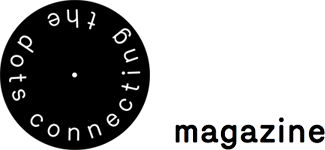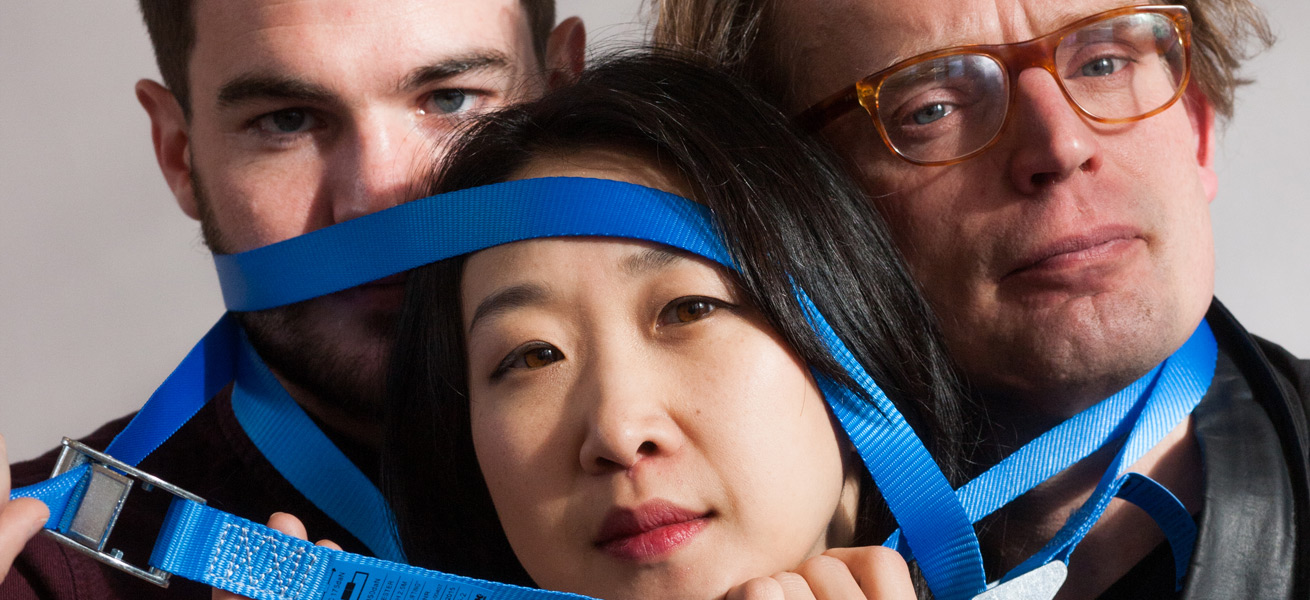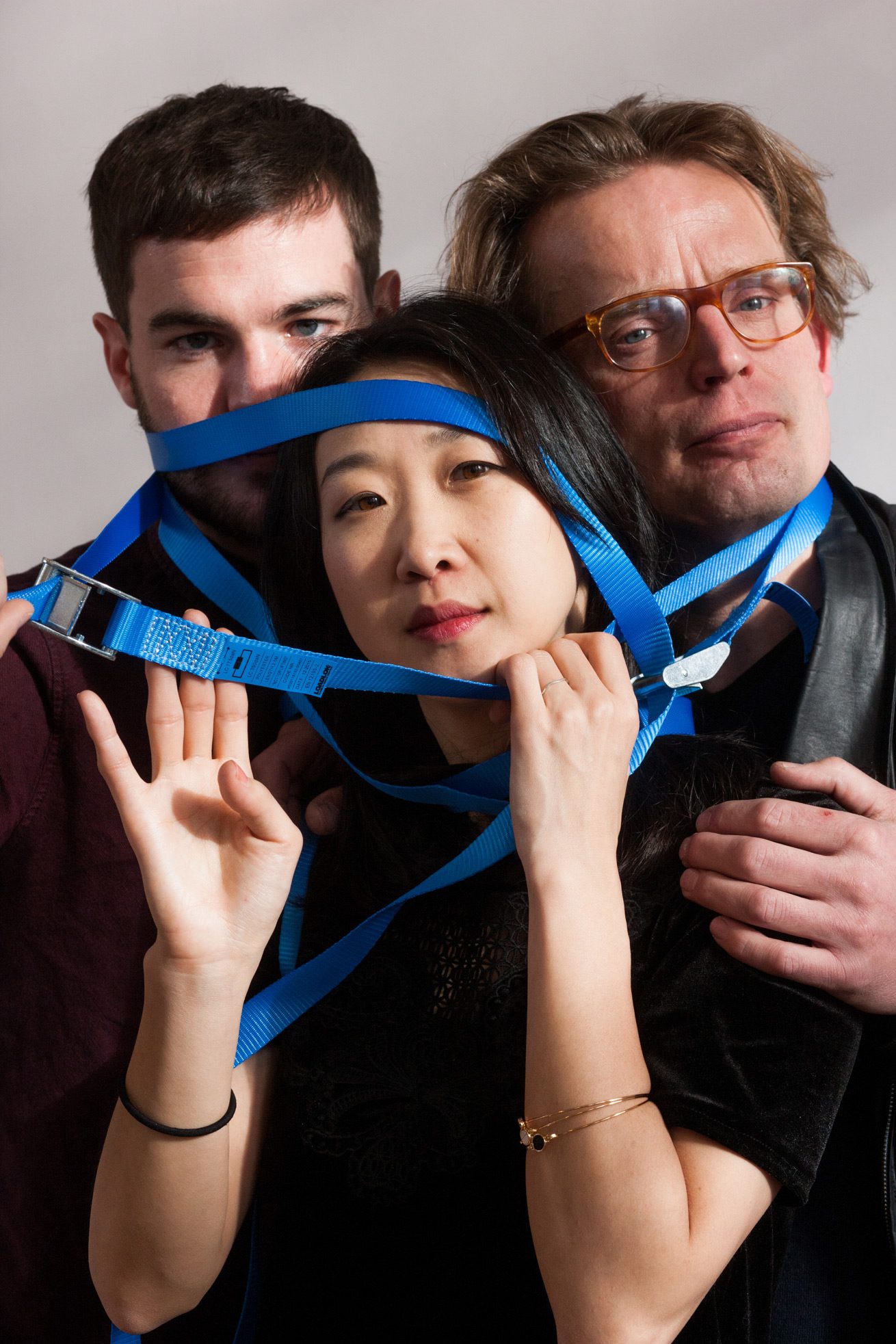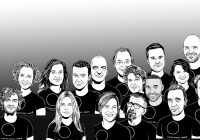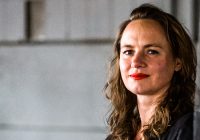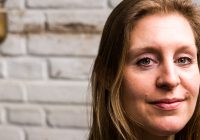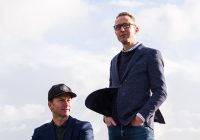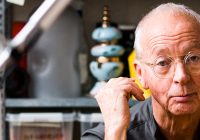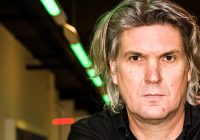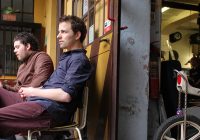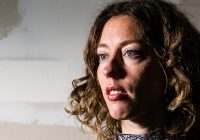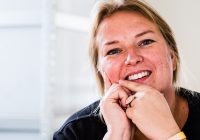Text by Annemiek van Grondel
Photo by Boudewijn Bollmann
One hand reaching out to the future, the other unmercifully digging into the past. Three designers discovered similarities in their work and joined forces, resulting in a challenging presentation that raises eyebrows and provokes discussion.
Their work is characterized by reconstruction, recycling, rebuilding and reviving of old things into design that is related to contemporary socio-economic issues and that finds its origin in boundless curiosity.
‘Rolf Bruggink: House of Rolf’, a.k.a. studio rolf.fr, is fascinated by methods of making, both modern and old school. Bruggink (1969), who graduated in architecture and urban planning, combines objects and elements to have these interact with each other visually and/or technically. In Milan he is presenting his Recycled Currency Seating Series: benches and a bowl made out of hundreds American dollars and Euros. Bruggink explains: ‘Shifting economic forces from the West to the (Middle) East and the digitization of payments will inevitably lead to a surplus of dollar bills. Solution: to recycle the money into furniture.’ A way of saving, one could say, but above all a call to rethink and embrace reality.
Bora Hong (1979) reflects on another contemporary issue: altering beauty and body manipulation. For her Cosmetic Surgery Kingdom series she disassembled and even pulverized simple mass-produced chairs and transformed these into design classics, like icons from Rietveld, Breuer and Eames. Will the new one be the improved one or does this plastic surgery not succeed in competing with the original? ‘The pressure of being perfect is a big social issue in South Korea’, Hong says. ‘I think it’s interesting to compare cosmetic surgery to iconic culture in design.’
True beauty is on the inside, according to Isaac Monté (1988). Still, manipulation is fruitful. He plunged into the shadowy world of synthetic biology, in particular decellularization, a lab technique used for organ transplantation. The Art of Deception consists of so-called ghost organs, in this case pig hearts, manipulated into design objects; some tattooed, others breathing and lightening up when approached. Monté raises the question whether such a creation of inner beauty – the ultimate deception – is possible and legitimate. The same laboratory treatment is used in The Meat Project, now focussing on discarded meat, made into a new material, which can be shaped and dried. The result: lighting objects in a shape inspired by the E. coli bacteria that causes meat spoilage. Monté: ‘Look at the enormous amounts of food that are thrown away daily in supermarkets. This project is a reaction to waste and, more specifically, food waste.’
There is too little space here to elaborate on these fascinating subjects. Money, Meat and Plastic Surgery can be visited at Ex Abitare Theatre, Via Ventura 5, and at your own risk. Don’t forget to exhaust the three explorers with all your pressing questions!
www.borahongwork.com • www.rolf.fr • www.ateliermonte.com
More information about the presentationMeat and Plastic Surgery during the Milan Design Week 2016: www.dutchdesignpressdesk.nl/money-meat-and-plastic-surgery-mdw16
